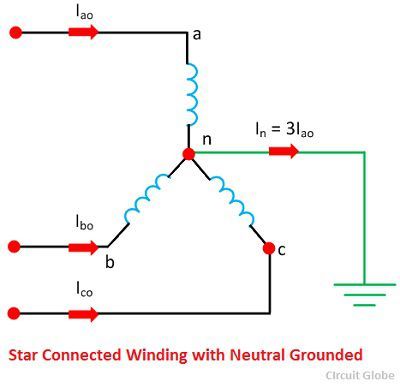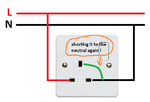eagle1109
Full Member level 6

- Joined
- Nov 20, 2014
- Messages
- 393
- Helped
- 4
- Reputation
- 10
- Reaction score
- 7
- Trophy points
- 1,298
- Location
- Saudi Arabia
- Activity points
- 5,956
Hi,
Now I wanna know why the mains has leaking currents? Checking the house's wall plugs, there are no grounding system so it's only L & N lines.
First I get small to medium electric shocks from the dish washer machine.
I also get electric shocks on my PC rig !! I didn't connect that to the fact that the house isn't grounded, so the shock I get from PC case means that absence of grounding system is the problem !! I thought that the power supply is the problem.
I bought a new PSU and installed it this morning but the same problem still exist !!! Now it's for sure the mains problem. I lost a 780 classified GPU that costed me around $400 and bought a new GPU for $470 and thought the PSU is the problem so I bought a new PSU for $125 !!
What should I do now ?? I think the best solution is to call an electrician and tell him to install a grounding system.
But guys what if that is not possible ? What if the person who managed the building process didn't actually prepare a grounding rode and cabling to the main panels to each apartment ?
Is there something I can do in case if wiring a grounding system isn't possible ?
Also I have a question, Why these leaking currents exist ?
Now I wanna know why the mains has leaking currents? Checking the house's wall plugs, there are no grounding system so it's only L & N lines.
First I get small to medium electric shocks from the dish washer machine.
I also get electric shocks on my PC rig !! I didn't connect that to the fact that the house isn't grounded, so the shock I get from PC case means that absence of grounding system is the problem !! I thought that the power supply is the problem.
I bought a new PSU and installed it this morning but the same problem still exist !!! Now it's for sure the mains problem. I lost a 780 classified GPU that costed me around $400 and bought a new GPU for $470 and thought the PSU is the problem so I bought a new PSU for $125 !!
What should I do now ?? I think the best solution is to call an electrician and tell him to install a grounding system.
But guys what if that is not possible ? What if the person who managed the building process didn't actually prepare a grounding rode and cabling to the main panels to each apartment ?
Is there something I can do in case if wiring a grounding system isn't possible ?
Also I have a question, Why these leaking currents exist ?












